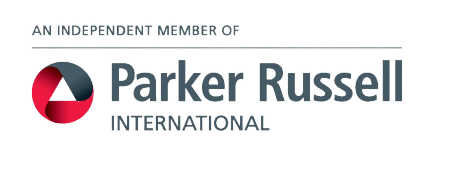Cash is the lifeblood of any business, so you need to make sure you have strong cashflow management.
Cashflow refers to the movement of money in an organisation – what is coming in and out at any given moment.
It goes without saying you want more coming in than going out. This is called a positive cashflow.
But is yours strong enough to see you hit your goals for the year and do you know how to predict your future cashflow?
If not, read on to find out everything you need to know.
Importance of cashflow
As a business owner, you will have a lot of expenses that you need to meet, which a positive cashflow will allow you to do.
With one, you will be able to continue buying whatever stock, produce or equipment you need to do business, while getting the bills paid and the lights kept on.
Your employees will also always get their paychecks on time, so you can continue to reward them for their hard work and keep up morale. It’s important to make sure you can set aside cash for your own remuneration, too.
At the same time, you’ll be able to keep up with your debt payments without having to compromise your business’s day-to-day activity. The peace of mind this can bring cannot be overstated.
But if you want to grow your business, you need an especially strong cashflow as you will need to invest more – the returns of which you might not see straight away.
Therefore, if you’re struggling to grow, you need to look at your cashflow strategy.
Improve your cashflow
Luckily, there are some very simple strategies to bring more money into your business.
First, if you get paid via invoices, improve your invoicing system to entice your customers to pay you on time.
That includes applying penalties for late payments and discounts for early ones, and sending reminders via email or text message.
Dedicate your time to invoices and send them as they come up so they reach your clients as quickly as possible, too. Your promptness might influence a client to be just as prompt.
Next, look at ways of reducing the cash that’s leaving your business. You might be able to do that by buying in bulk – a lot of suppliers offer discounts for that.
If you’re a retailer or supplier, you could consider applying similar discounts to your own products. With that strategy, you may make more sales and get more cash flowing into your business.
There are many more strategies, but we’ll finish with one that gets underlooked – lease, don’t buy.
This might seem counterintuitive, since leasing supplies, equipment and property usually ends up being more expensive than buying.
But if you rent, you spread the cost out in small increments over a long period. And, if you only need an asset for a temporary amount of time, you don’t have to fork out a load of cash – or end up with a cluttered office.
Cashflow forecasts
Because of how important cashflow is to your business and your long-term ambitions, you need to be able to predict how money will circulate in, out and around your business.
For that, you will need to create a cashflow forecast, which uses your data from past performance to predict possible future outcomes.
You can create your forecast to cover anything from a few weeks to a month.
Just make sure you remember your sales are dependent on variables that may not apply all year round – those of you in the retail sector will understand how seasonal sales affect your business.
Be thorough when listing all your recurring incomings and outgoings, too.
As financial advisers for businesses, we have the keen eye and technical ability to create a cashflow forecast.
Get in touch with us for more information.



